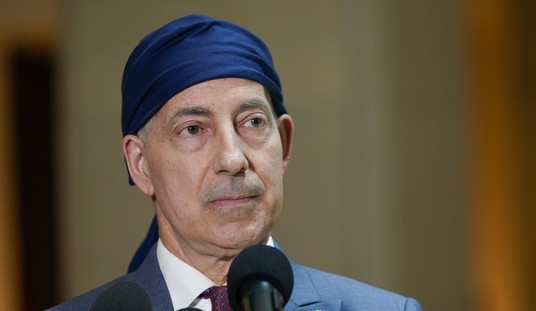When I first came to Italy in 1965 (egad!) I went to Florence. It was August. No air conditioning. Frightfully hot. In piazza San Lorenzo, back of the Medici family church, they sold bottles of Coca Cola for some small number of lire, and it was hot Coke, because there wasn’t any ice. Probably in the luxury hotels you could get some ice cubes in your coke, but out there in the streets and piazzas, no go. Of course I asked, in my then-fractured pidgen Italian, and they all said that I really didn’t want ice in my coke because ice was so terribly dangerous to the liver. Indeed, people drinking cold Coke were known to drop dead from it, as the liver went into total paralysis.
As time passed, I learned that the list of things very dangerous for your liver was quite a long one, including eggs for example. One night, many eggless months after my arrival, I had an egg gouamba, and ordered six of them over easy, and a quantity of bacon. The waiter actually begged me to reconsider. He clearly thought I was going to die in his trattoria.
You don’t hear much about the fragility of your liver these days, and if you order a Coke and you don’t want ice, you have to stipulate “no ice.” Otherwise it comes with the usual cubes. How do things like this happen? It strikes me as a fundamental cultural shift. Did we ugly Americans convince the Italians that ice was ok? Did medical advances strengthen the Mediterranean liver so that the locals could drink cold Coke without fear of a painful and certain death? Or did tastes change? And if they did, why did they change?
We historians worry a lot about such questions. On a higher cultural level, this sort of thing is similar to the famous question, “why is there a history of art?” Why did artists change the way they portrayed reality on canvas? Yes, Giotto worked out perspective, but why was that important to him? And why didn’t previous artists do the same? And where did the idea come from? Careful with your answer. If you’re tempted to say, well it’s obvious, isn’t it? The world is three dimensional, so artists wanted to show the world as it really is…then how will you explain later changes like expressionism? And what will you do with Picasso? Dali’? And then how did things swing back toward hyper realism like Warhol?
And why do the Italians like ice nowadays? Does it have something to do with Berlusconi, is it part of the political revolution that is apparently under way?








Join the conversation as a VIP Member